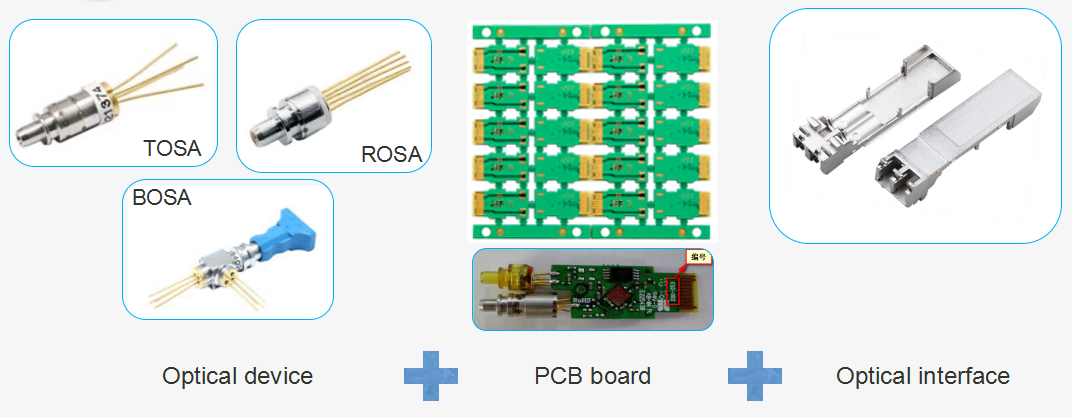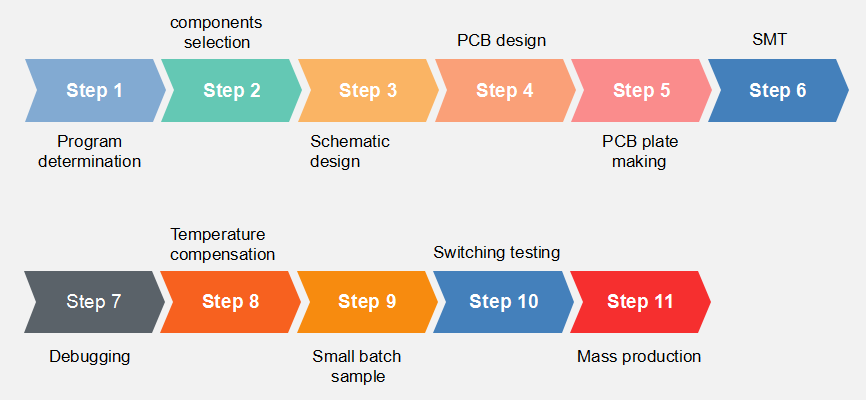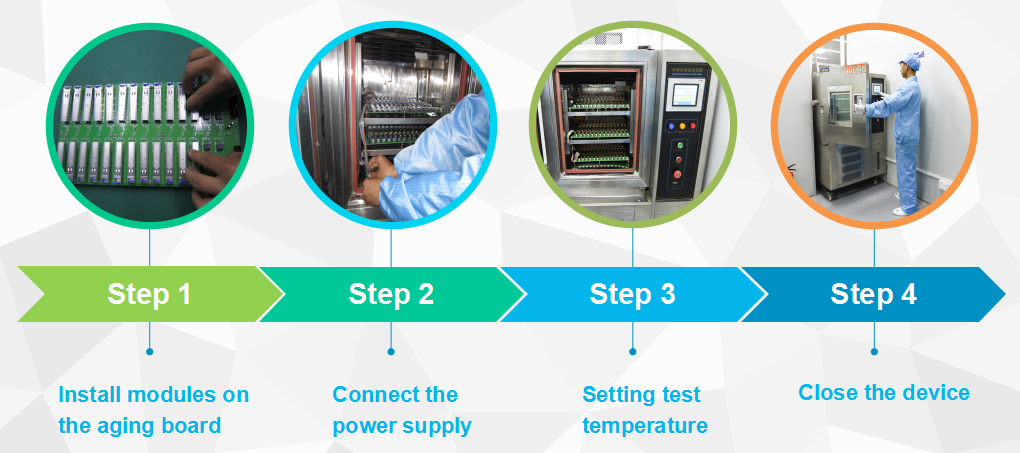R & D process of optical transceiver
As a global professional optical transceiver
manufacturer, ETU-Link get new and old customers consistent praise and trust rely on excellent R & D strength and professional quality service!
What raw materials are the optical modules made of? Generally speaking, there are three major parts:
After understand the composition of the optical module, we will tell you about the development process of optical module.
Process:
1. Program determination: Determine the framework and function of the module.
2. The selection of components: Including the optical components (TOSA, ROSA, BOSA) selection, IC selection and sample purchase.
3. Schematic design: Including MCU control circuit, module function power design and power circuit design.
4. PCB design: Including signal integrity design and high-speed circuit simulation, these work probably takes about half a month to a month.
5. PCB plate making: We need to provide PCB processing documents and Gerber documents to the plate factory for the production of PCB board.
6. SMT: Processing on the PCB is a complex process. The plate factory needs to provide the gerber file to the SMT factory, and we will provide the paste map / paste list to the SMT factory.
7. Optical module performance testing: Launch, receive testing and protocol functional debugging, also test pass luminosity, optical power, sensitivity, current, voltage and the eye, whether they are normal. It seems simple, but the whole process gathers the sweat and painstaking effort of the whole R & D team, each product is the crystallization of their wisdom.
8. Temperature compensation: The technical engineer needs to spend a lot of time to do the temperature compensation.Increase or decrease every 5 degrees(or 10 degrees) as a node to calculate it’s slope.They need to write into to the corresponding IC(chip) of the optical transceiver after get the result.This work makes the technical engineer have to stay in front of the high and low temperature cycle aging box for a few hours or even longer.The increase in the raw material and the making cost,which is the cause of the high price of the industrial optical transceiver. The compared pictures of the working current before and after temperature compensation:
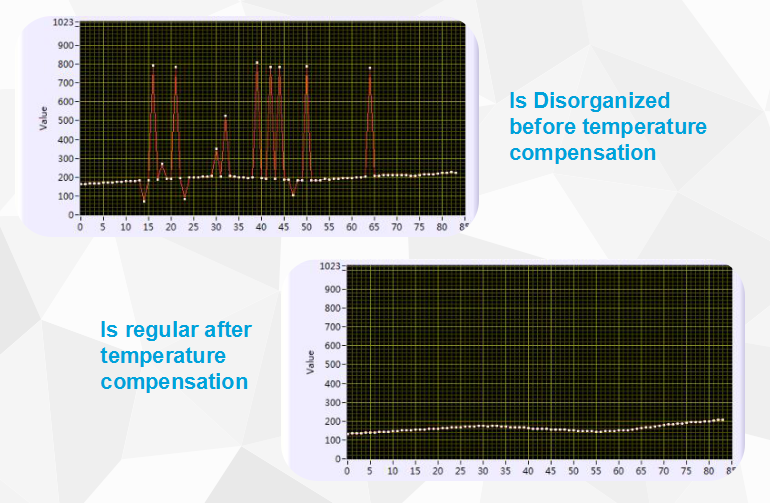
9. Small batch sample: It is necessary to pilot production in small quantities before mass production. If blindly put the product into the market in large quantities, once problems occur, it will lead to very serious consequences. After the sample is made, it is necessary to cooperate with the high and low temperature aging test (above 24 hours) to verify the stability and qualification rate of various parameters of the product.
10. Switching testing: Insert the module into the switch to check whether it works normally and audits the EEPROM information.
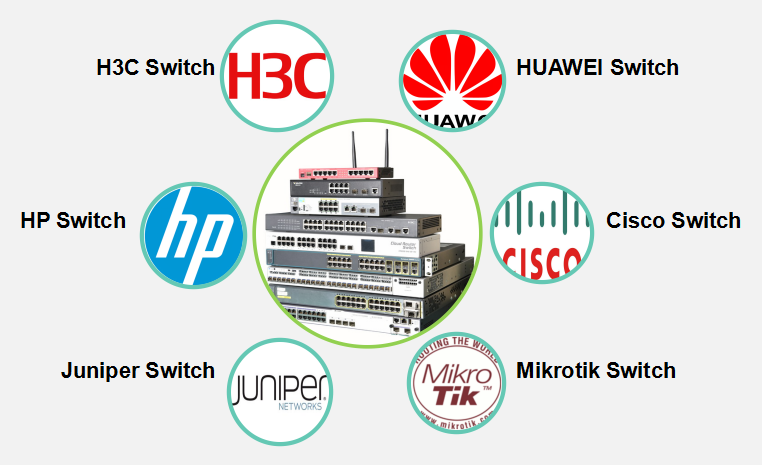 11. Mass production: After a variety of test and verification, by batch production.
For the entire R & D process, we are strict with each process. As a professional manufacturer, we focus on stable quality and quality services. We hope that our customers will get strong support from our cooperation!
It's not easy to do optical module development. It's not easy to be an optical module manufacturer. Please give us more support, to train and support our R & D team better!
11. Mass production: After a variety of test and verification, by batch production.
For the entire R & D process, we are strict with each process. As a professional manufacturer, we focus on stable quality and quality services. We hope that our customers will get strong support from our cooperation!
It's not easy to do optical module development. It's not easy to be an optical module manufacturer. Please give us more support, to train and support our R & D team better!
Leave A Message
If you are interested in our products and want to know more details,please leave a message here,we will reply you as soon as we can.

